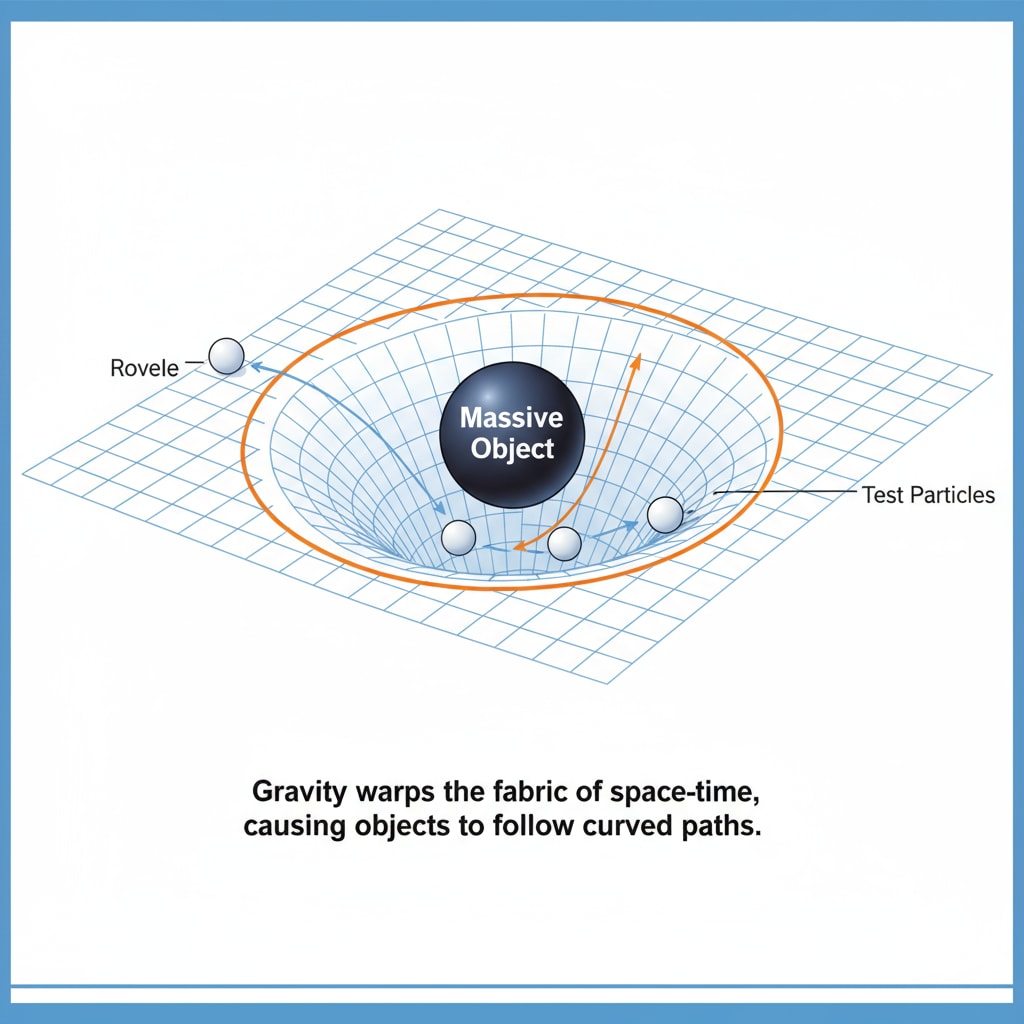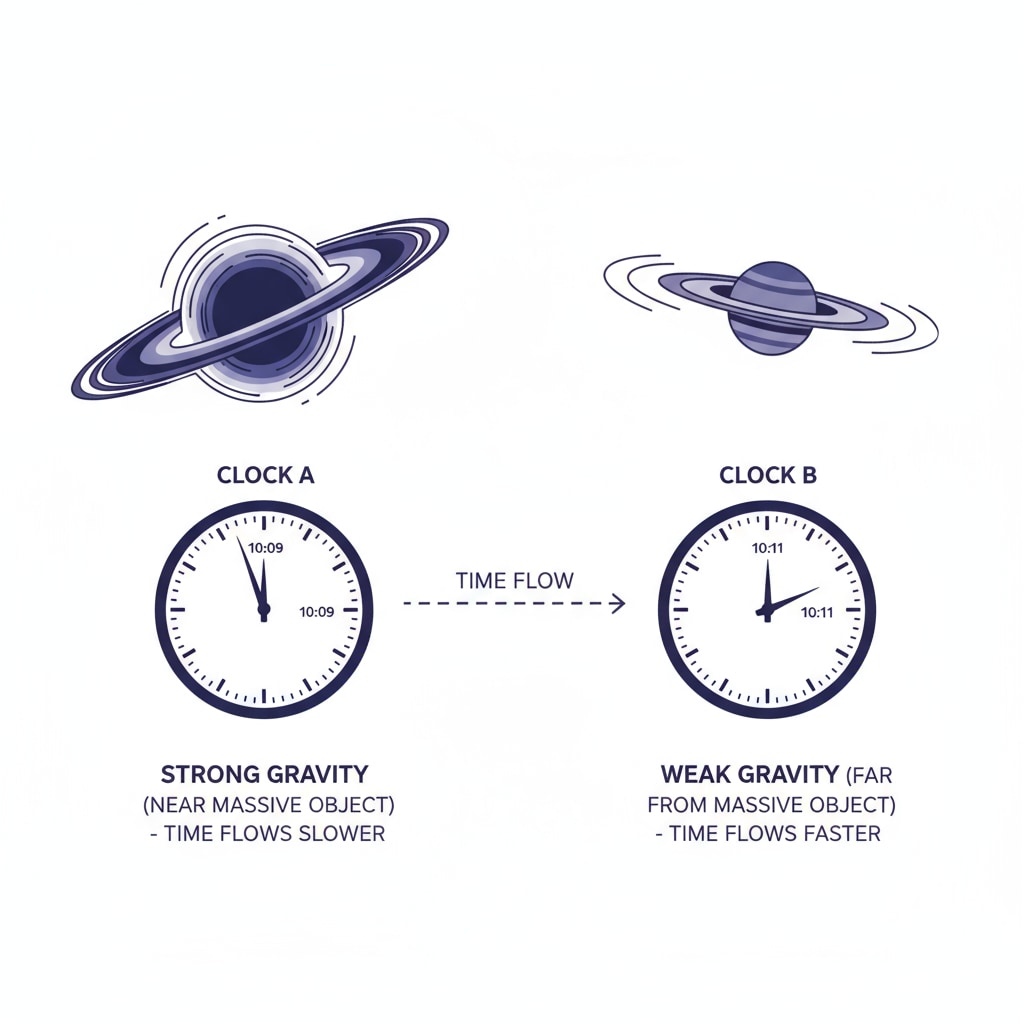Time bending, gravity, and their everyday impacts are fascinating concepts that often seem complex but are actually quite relevant to our daily lives. Einstein’s theory of relativity introduced the idea that gravity can affect the passage of time, a phenomenon known as time dilation. This may sound like something out of a science fiction movie, but it has real-world implications that can be effectively taught in K12 classrooms.

The Concept of Time Bending
Time bending, or time dilation, is a consequence of Einstein’s theory of general relativity. According to this theory, gravity is not just a force that pulls objects towards each other, but it actually warps the fabric of space and time. In simple terms, the stronger the gravitational field, the slower time passes. For example, time passes more slowly near a massive object like a black hole compared to a region with less gravitational influence. General Relativity on Wikipedia This concept can be a bit difficult for K12 students to grasp at first, but with the right teaching methods, it can become an exciting topic.

Gravity’s Role in Time Dilation
Gravity plays a crucial role in time dilation. The closer an object is to a massive body, the stronger the gravitational pull it experiences, and thus the slower time passes for it. This effect has been confirmed through various experiments. For instance, atomic clocks placed at different altitudes on Earth (where the gravitational field strength varies slightly) show a difference in the passage of time. This is a remarkable demonstration of how gravity can affect the fundamental concept of time. General Relativity on Britannica In addition, understanding this relationship between gravity and time can help students see the interconnectedness of different physical phenomena.
Bringing these concepts into the K12 classroom can be achieved through hands-on activities and real-life examples. For example, teachers can use the example of GPS systems. GPS satellites orbit the Earth at a high altitude where the gravitational field is weaker compared to the surface. Due to time dilation, the clocks on these satellites run at a slightly different rate than clocks on Earth. If this difference in time were not accounted for, GPS navigation would be inaccurate by several kilometers within a day. This shows how the seemingly abstract concept of time dilation due to gravity has a direct impact on our daily lives.
Readability guidance: By using short paragraphs and simple explanations, we can make these complex concepts more accessible to K12 students. Lists can be used to break down key points, like the factors affecting time dilation. Using transition words such as ‘however’, ‘therefore’, and ‘in addition’ helps to create a smooth flow of ideas. This way, students can better understand the relationship between time bending, gravity, and their everyday impacts.


